What Is Distributed Wind Used For?
Explore the potential use cases of distributed wind energy in your local community, including in residential, commercial, industrial, agricultural, and public facilities. Distributed wind energy has the potential to diversify local energy sources to help provide clean renewable energy in your community.
This page offers a text version of the interactive animation: Distributed Wind Animation.
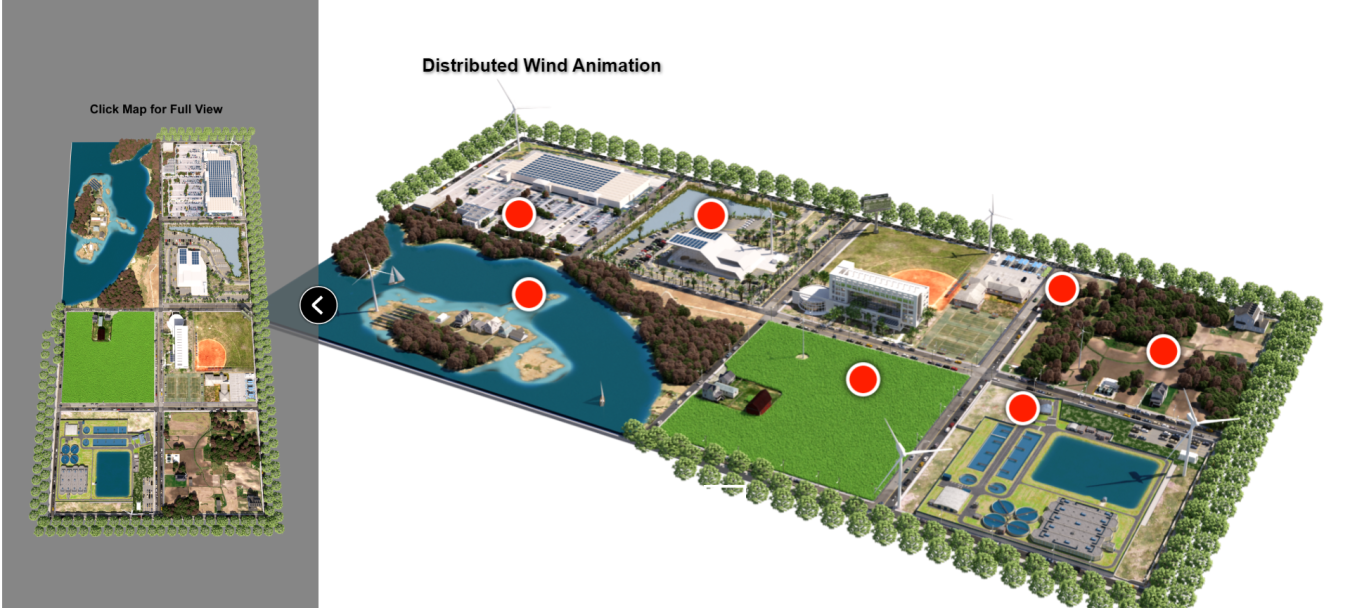
Public Facilities
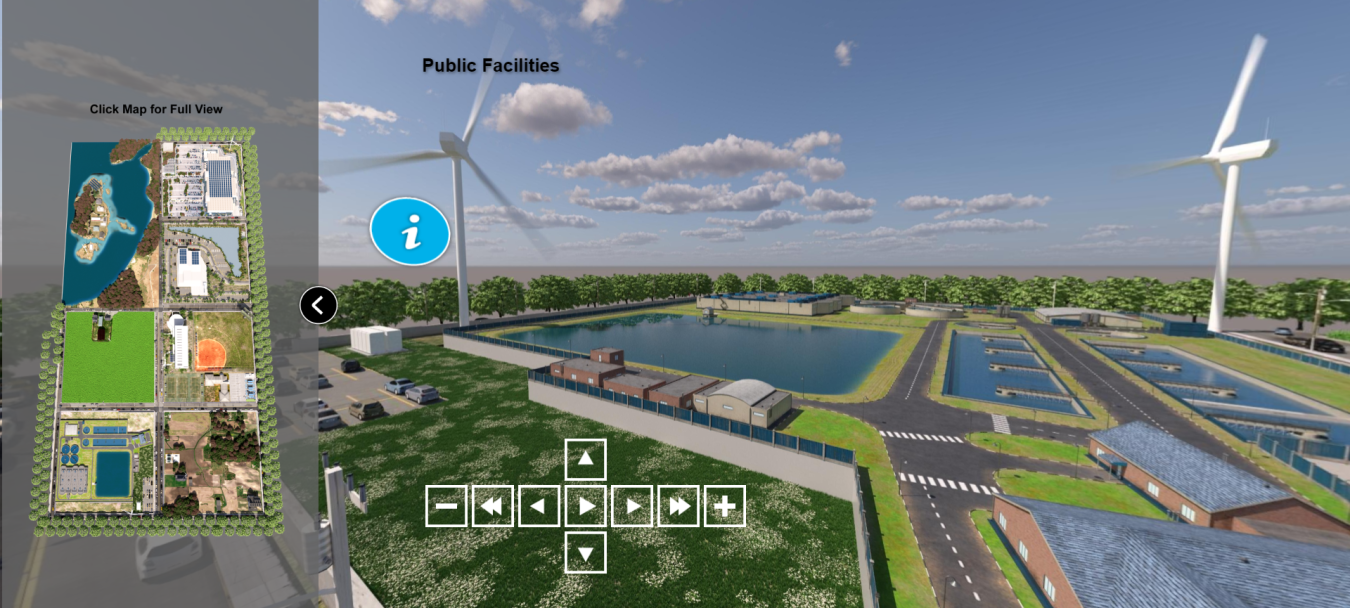
Communities seeking to control costs associated with public facilities and services that require large amounts of electricity, such as water treatment plants, can install distributed wind energy systems to either fix or offset rising electricity costs. Wind turbines installed on site at public facilities that also have battery storage or other generators can also provide backup electricity for critical infrastructure, like emergency shelters, during grid disruptions caused by weather, fire, or other unplanned events.
For example, in Gloucester, Massachusetts, wind turbines are powering city buildings.
Agriculture
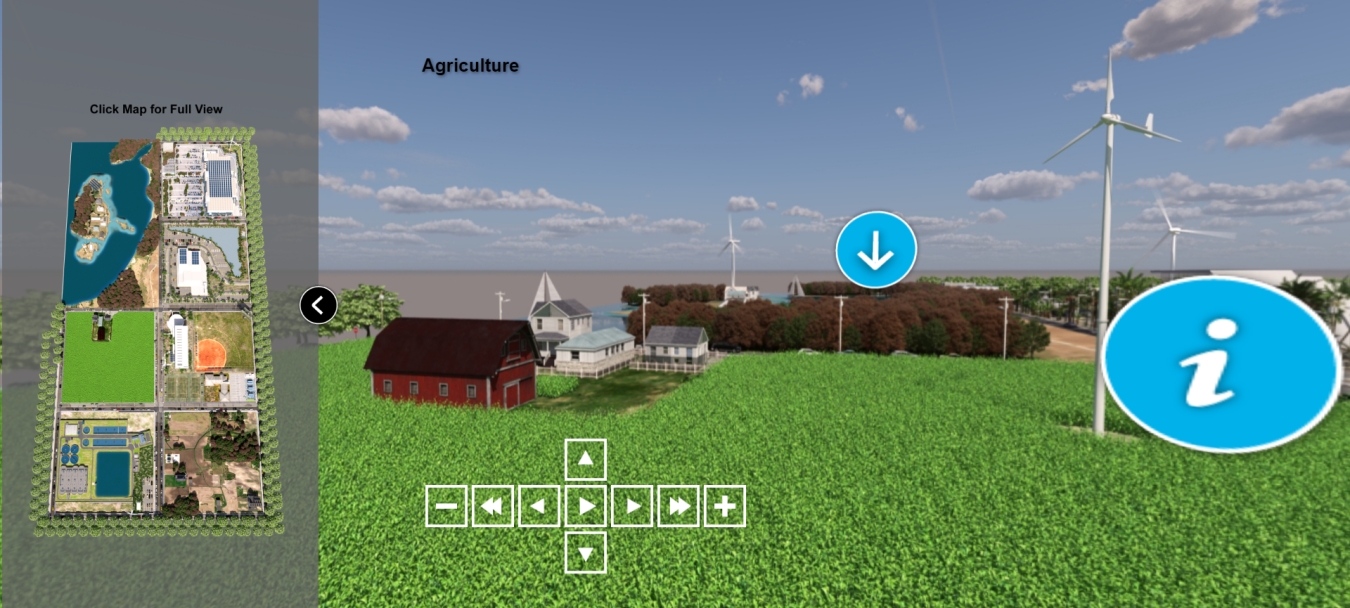
Distributed wind turbines can provide farms with on-site electricity production to reduce or completely offset electricity costs—an important economic boost and direct benefit for farmers. Regardless of turbine size, a farmer can plant crops up to the base of the turbine and livestock are free to graze around it. Turbines can be placed in the corners of fields that use central-pivot irrigation to power operations. Additionally, farmers can lease their land to entities who may wish to benefit from installing turbines but lack the required land to do so.
For example, the Minnick family installed an Eocycle 25-kilowatt turbine behind their utility meter when the energy demands increased at their farm in Cosmos, Minnesota. Local, state, and federal financial incentives made the project economics even more favorable while farm operations continued uninterrupted.
For more information about incentives for your small farm, visit the Rural Energy for America program website.
Residential
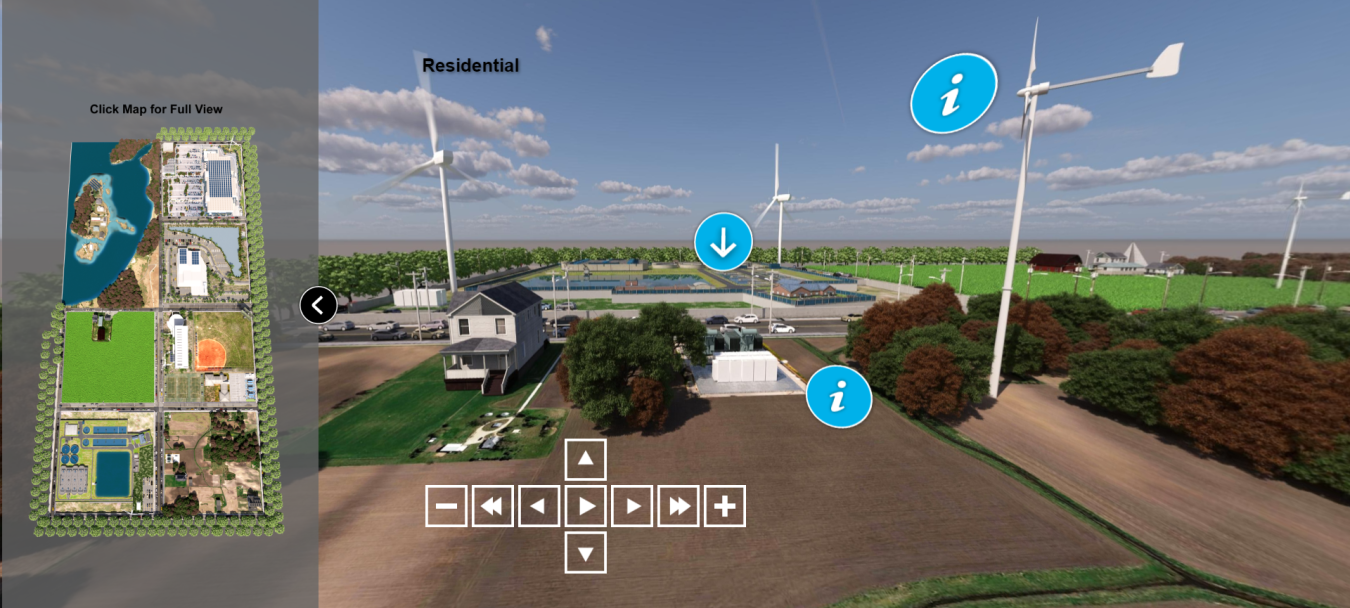
Small wind turbines can be used in rural residential settings to directly offset electricity usage using net metering. Surplus electricity generated by the turbine is also credited to the customer to offset future electricity costs. Wind turbines used near residences are commonly in the 5- to 15-kilowatt range but can be larger. These wind turbines are sometimes integrated with other distributed energy technologies, such as solar panels and battery storage, to form a home microgrid to provide electricity during outages. When aggregated with other homes with similar energy systems, these home energy systems form virtual power plants, that can be controlled by grid operators during times of peak electric demand and offer additional sources of income for homeowners.
Isolated Grids
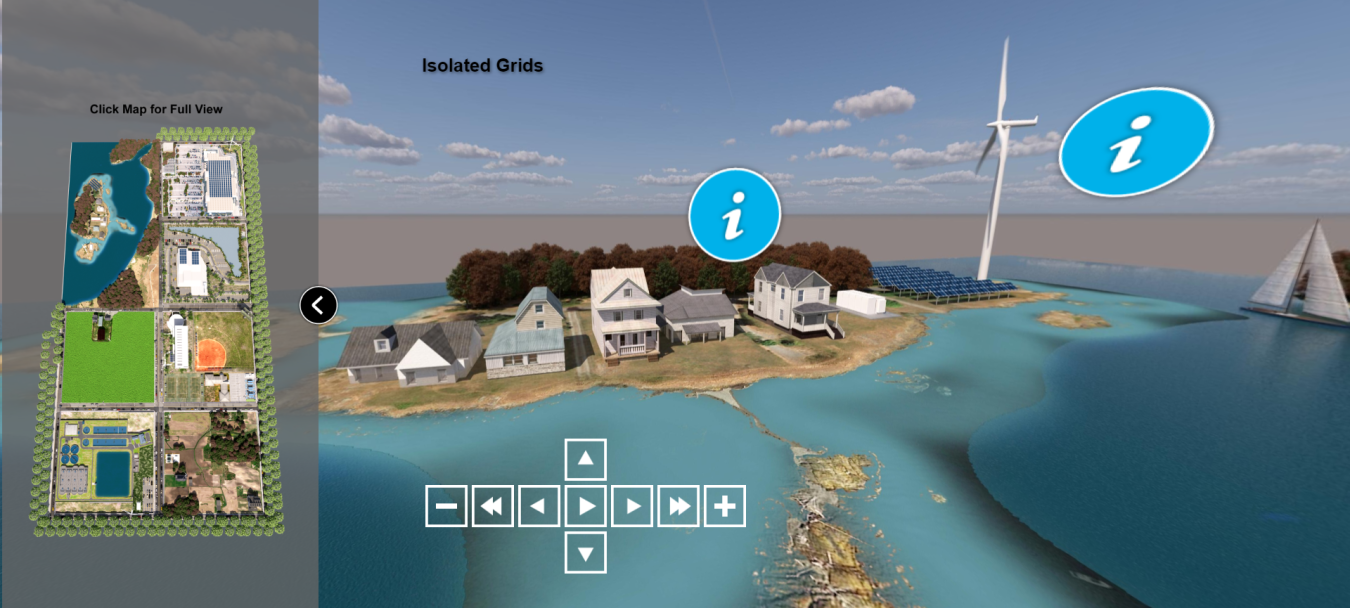
In remote and isolated communities, distributed wind turbines can provide power right where consumers need to use it. By generating their own clean electricity from wind and storing it, communities, businesses, and homeowners can reduce or offset high electric costs and achieve climate resilience by limiting dependence on imported fuels.
The Fox Islands Electric Cooperative, which serves the communities of Vinalhaven and North Haven off the coast of Maine, exemplifies an isolated grid operator that uses on-site wind turbines to reduce electricity costs for their customers. Building on their wind project and enhancing the resilience of the island communities, the electric cooperative is considering adding battery storage to their wind powered system to supply electricity to the islands when service from the mainland is disrupted.
Commercial
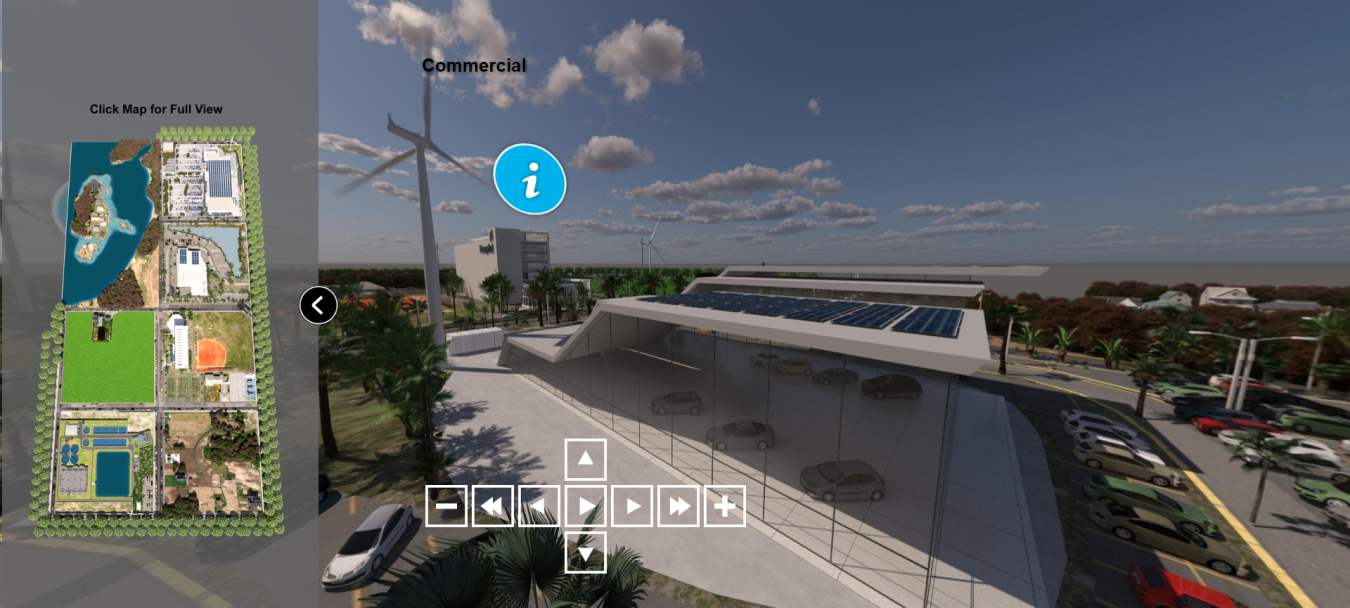
Much like roof-mounted solar panels, wind turbines can also help commercial facilities reduce the amount of electricity they need to purchase from local utilities, lowering energy costs and reducing the risk of energy price fluctuations.
Industrial
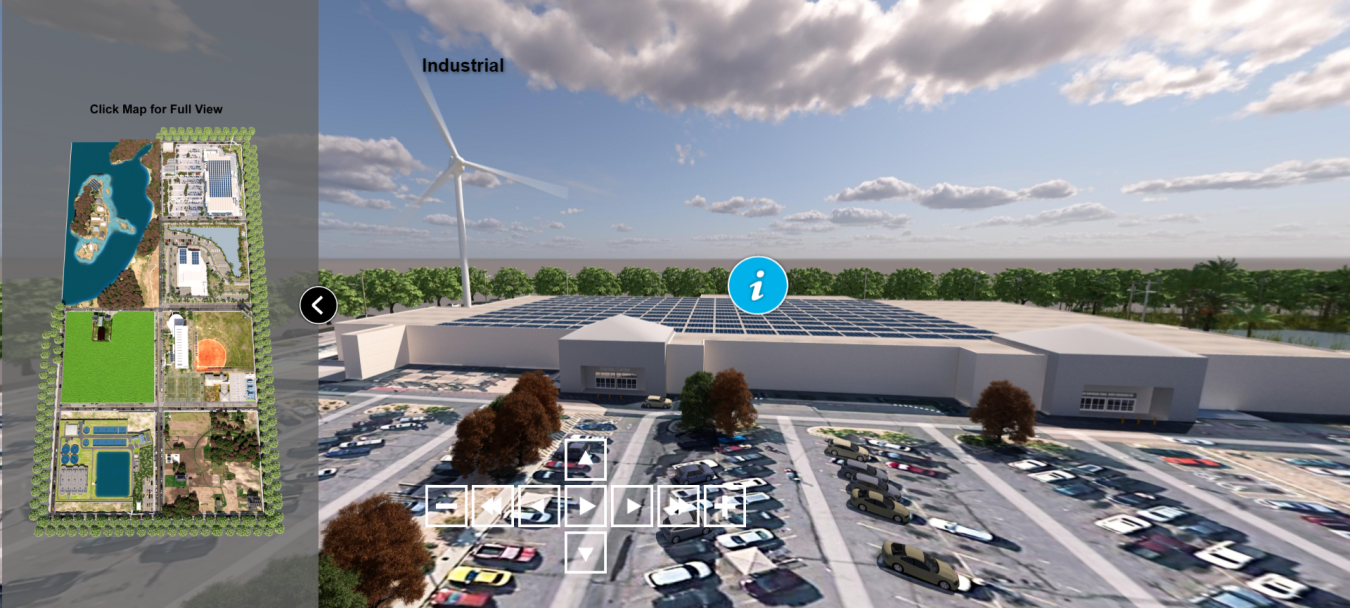
For industrial parks with large energy needs that roof-mounted solar panels alone cannot meet, a single wind turbine can efficiently provide energy while taking up minimal space, increasing the amount of renewable energy generated on site. Fluctuations and increases in the cost of electricity for energy-intensive industrial processes can create financial uncertainty and pose a significant risk to the profitability of a business. Similarly, power outages can cause significant delays and impact to business operations. Businesses can install wind turbines on site as part of a microgrid with other distributed energy technologies, such as solar panels and energy storage, to increase electricity supply resilience, keeping the lights on when the bulk power system goes down. Multiple power technologies—like wind turbines and solar panels—can also work efficiently in tandem, which is called a hybrid power system. In those systems, wind energy can bolster, supplement, and complement solar energy and vice versa.
For example, Anheuser-Busch in Fairfield, California, is powered by an 80-meter wind turbine named Bud Light and a 91-meter wind turbine named Budweiser.
Electric Vehicle Charging
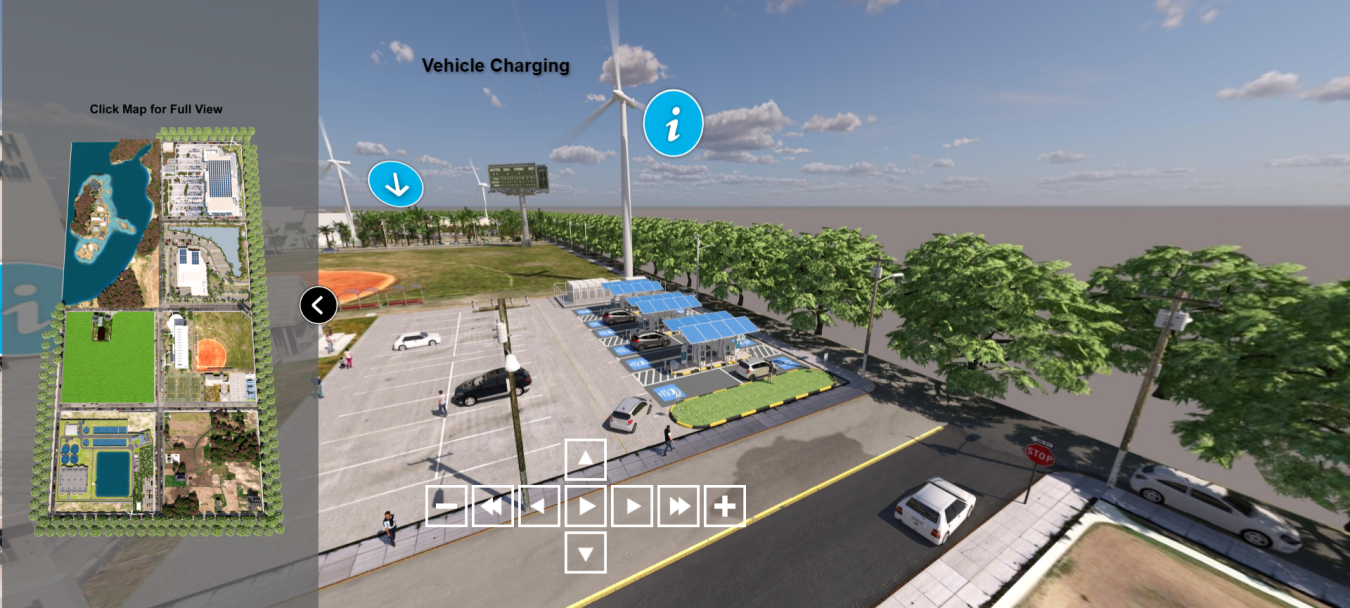
When drivers of electric vehicles (EVs) need to recharge their batteries, power generated from on-site wind turbines can provide a renewable electricity source to EV charging stations while also providing a visual signal that a charging station is nearby, like a gas station sign. The owners and operators of charging stations can use distributed energy technologies, such as wind turbines and solar panels, to offset the costs of grid power.

